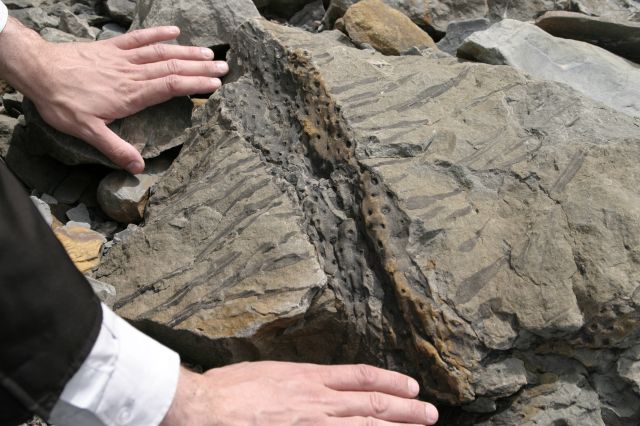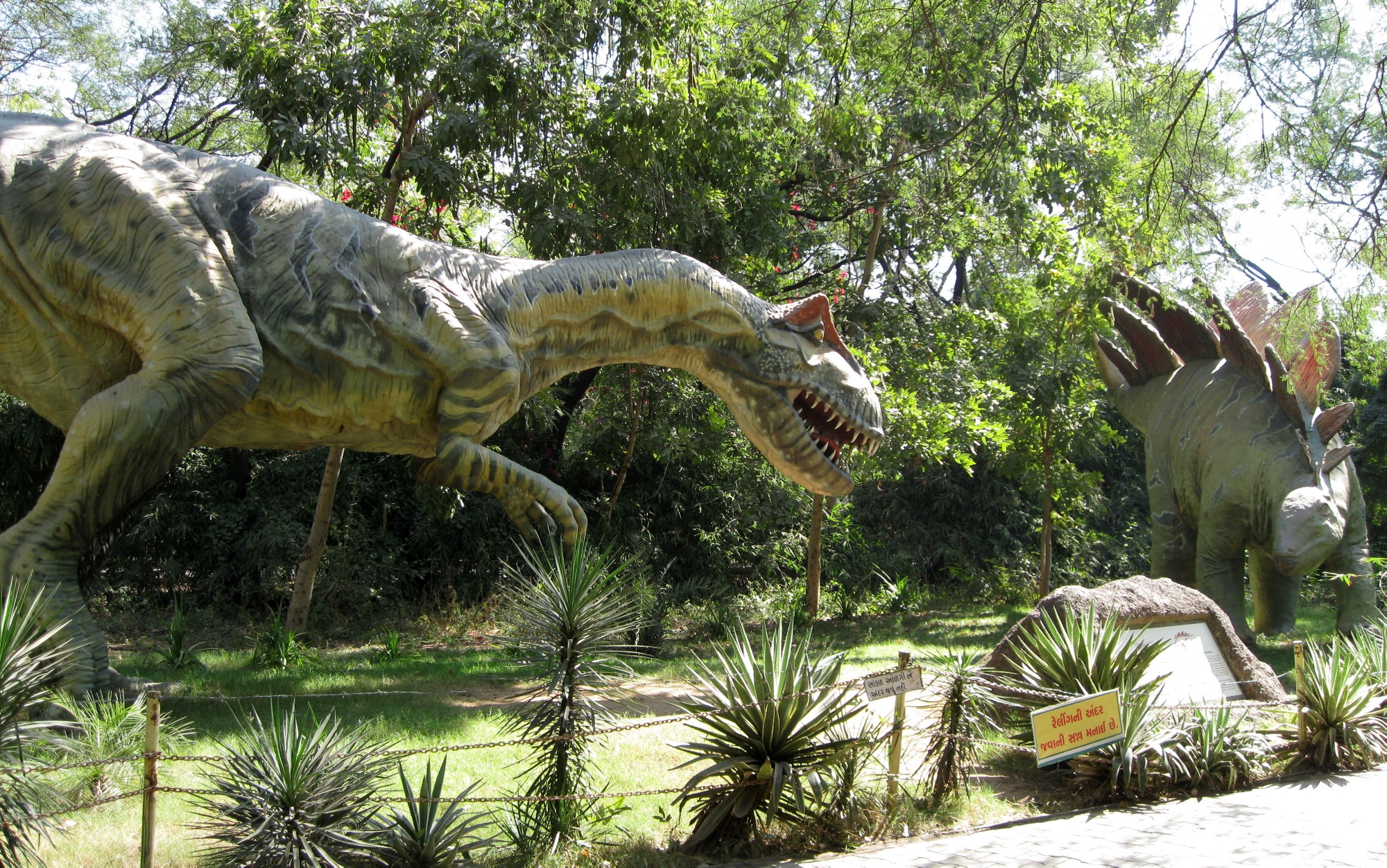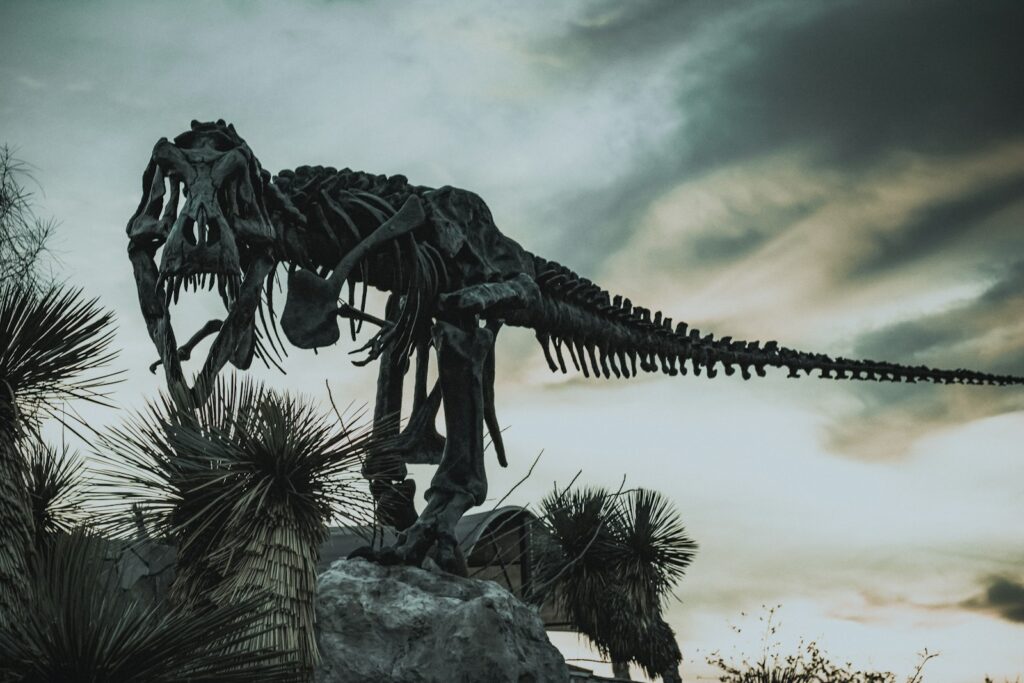Picture this: you’re scrolling through your Instagram feed when suddenly, a 100-million-year-old dinosaur fossil stops you dead in your tracks. The post has millions of likes, thousands of comments, and everyone’s talking about it. Welcome to the wild world where ancient creatures meet modern technology, where dusty museum specimens become internet sensations overnight. Social media has completely transformed how we discover, share, and get excited about paleontology. From TikTok paleontologists explaining complex evolutionary concepts in 60-second videos to Twitter threads that make Jurassic discoveries feel like breaking news, the digital age has given dinosaurs a second life they never could have imagined.
The T-Rex That Broke the Internet
When Chicago’s Field Museum introduced the world to SUE the T. rex through social media, nobody expected the prehistoric predator to become a genuine internet celebrity. SUE’s Twitter account, complete with witty one-liners and educational content, garnered hundreds of thousands of followers who hung on every fossilized word.
The museum’s strategy was brilliant in its simplicity: they gave SUE a personality that was both educational and entertaining. Posts ranged from fossil facts to pop culture references, making paleontology accessible to audiences who might never set foot in a natural history museum. The campaign generated millions of impressions and sparked countless conversations about dinosaur science.
TikTok Paleontologists Taking Over
The short-form video platform has become an unexpected breeding ground for paleontology content creators who are rewriting the rules of science communication. These modern-day fossil hunters use everything from catchy music to dramatic reveals to explain complex evolutionary concepts in bite-sized chunks.
Popular creators like Dr. Ellie Ramsay and fossilhunter23 have amassed millions of followers by making paleontology feel urgent and exciting. Their videos often start with hooks like “You won’t believe what we found in this 65-million-year-old rock layer” before diving into genuine scientific discoveries. The format forces creators to distill complex information into digestible content, often making it more memorable than traditional educational approaches.
Instagram’s Fossil Photography Revolution

High-quality fossil photography has transformed Instagram into a virtual museum where stunning specimens get the spotlight they deserve. Professional paleontologists and amateur collectors alike share breathtaking images of everything from delicate leaf impressions to massive dinosaur skulls.
The visual nature of the platform has pushed fossil photographers to new creative heights, using dramatic lighting and artistic compositions to showcase specimens. This aesthetic approach has made paleontology more approachable to younger audiences who might find traditional scientific presentations intimidating. The hashtag #fossilporn has accumulated millions of posts, creating a global community of fossil enthusiasts.
Twitter’s Real-Time Dinosaur Discoveries
Breaking paleontological news now travels at the speed of a tweet, with researchers sharing discoveries as they happen in the field. The platform has become an essential tool for scientists to communicate directly with the public, bypassing traditional media filters.
Major discoveries like the unveiling of new dinosaur species or significant fossil finds often trend worldwide on Twitter within hours of being announced. This immediate sharing has created a sense of urgency and excitement around paleontology that was previously reserved for sports events or entertainment news. Scientists can now build public support for their research by sharing the thrill of discovery in real-time.
YouTube’s Deep Dive Into Dinosaur Science
Long-form content on YouTube has allowed paleontologists to explore complex topics in unprecedented detail while maintaining audience engagement. Channels like PBS Eons and SciShow have perfected the art of making million-year-old stories feel relevant and exciting to modern viewers.
The platform’s algorithm has proven particularly friendly to paleontology content, often recommending dinosaur videos to viewers who show even passing interest in science or nature. This has created a pathway for casual viewers to become deeply engaged with paleontological concepts. Educational institutions have also embraced YouTube as a teaching tool, with many university paleontology departments now producing regular content.
Memes Meet Mesozoic Era
Internet memes have given dinosaurs a cultural relevance that extends far beyond scientific circles, with formats like “Distracted Boyfriend” and “Drake Pointing” being adapted for paleontology humor. These memes often use dinosaur behavior or extinction events as punchlines, making complex scientific concepts more memorable through humor.
The “Sad Keanu” meme featuring a lonely T. rex has been shared millions of times, while “Velociraptor Philosophy” memes use the intelligent predator to deliver surprisingly deep observations about life and science. This humorous approach has made paleontology more approachable to audiences who might otherwise find it intimidating or boring.
Virtual Reality Brings Dinosaurs to Life
Social media platforms have embraced virtual and augmented reality features that allow users to interact with dinosaurs in their own homes. Instagram and Facebook filters let users place life-sized T. rex models in their living rooms, creating shareable content that blurs the line between entertainment and education.
Museums worldwide have leveraged these technologies to create immersive experiences that extend beyond their physical walls. The Natural History Museum in London’s AR dinosaur experience went viral when users began sharing videos of themselves “feeding” virtual dinosaurs in their backyards. These interactive elements have made paleontology feel less like ancient history and more like a living, breathing science.
Citizen Science and Crowdsourced Discoveries

Social media has democratized fossil hunting by connecting amateur paleontologists with professional researchers in ways that were previously impossible. Platforms like iNaturalist and FossilNet allow citizen scientists to share their finds with experts who can verify and catalogue discoveries.
Several significant paleontological discoveries have emerged from social media posts by amateur fossil hunters. A recent example involved a teenager who posted photos of unusual rock formations on Reddit, leading to the discovery of a new dinosaur species. This collaboration between professionals and amateurs has expanded the reach of paleontological research far beyond traditional academic circles.
The Dark Side of Viral Paleontology

Not all viral paleontology content is created equal, and the speed of social media has sometimes led to the spread of misinformation about dinosaurs and fossils. Sensationalized claims about new discoveries or misidentified specimens can go viral faster than fact-checkers can respond.
The pressure to create engaging content has also led some creators to exaggerate findings or present speculative theories as established facts. Professional paleontologists have had to become more active on social media not just to share their work, but to combat misinformation that can harm public understanding of their field. This has created an ongoing tension between entertainment value and scientific accuracy.
Celebrity Paleontologists in the Digital Age
Social media has created a new breed of celebrity paleontologists who command massive followings and influence public opinion about dinosaur science. These digital-age pioneers use their platforms to advocate for research funding, museum support, and science education.
Dr. Jack Horner, consultant on the Jurassic Park films, has leveraged his social media presence to promote his controversial theories about dinosaur behavior and evolution. His posts regularly generate thousands of shares and comments, demonstrating how individual scientists can now build personal brands that extend far beyond their academic institutions. This celebrity status has allowed paleontologists to have direct conversations with the public about their work.
Museums Embrace Social Media Marketing
Natural history museums worldwide have revolutionized their marketing strategies by embracing social media platforms to showcase their collections and attract new visitors. The Royal Ontario Museum’s Instagram account features behind-the-scenes content that makes fossil preparation look like performance art.
These institutions have learned that social media success requires more than just posting pretty pictures of dinosaur bones. They’ve developed sophisticated content strategies that include live streams of fossil preparation, virtual tours of restricted areas, and interactive Q&A sessions with curators. The approach has proven so successful that many museums now employ dedicated social media managers who work exclusively on paleontology content.
The Economics of Viral Dinosaur Content
The popularity of dinosaur content on social media has created new economic opportunities for content creators, museums, and educational institutions. Successful paleontology influencers can earn substantial income through sponsorships, merchandise sales, and educational partnerships.
Museums report significant increases in visitor numbers following viral social media campaigns, with some institutions seeing double-digit growth in attendance after particularly successful posts. The economic impact extends beyond ticket sales to include merchandise, special exhibitions, and educational programs. This financial incentive has encouraged more institutions to invest in high-quality paleontology content creation.
Educational Impact and Learning Outcomes

Research suggests that social media-based paleontology content is having a measurable impact on public understanding of dinosaur science and evolutionary biology. Students exposed to engaging dinosaur content on social platforms show increased interest in pursuing STEM careers.
The bite-sized nature of social media content has proven particularly effective for complex paleontological concepts that might otherwise seem overwhelming. Visual learners benefit from the image-heavy nature of platforms like Instagram, while auditory learners connect with podcast-style content on platforms like Clubhouse. This multi-modal approach to science communication has made paleontology more accessible to diverse learning styles.
Global Connections in the Fossil Community
Social media has created a truly global community of paleontology enthusiasts who share discoveries, collaborate on research, and support each other’s work across continents. Researchers in remote locations can now share their findings with colleagues worldwide instantaneously.
International collaborations that once took months to arrange through traditional academic channels now happen in real-time through social media connections. A paleontologist in Argentina can share a new discovery with colleagues in China, Australia, and Canada simultaneously, leading to faster scientific progress and more comprehensive understanding of prehistoric life. This global connectivity has accelerated the pace of paleontological research and discovery.
The Future of Dinosaurs in Digital Spaces
As social media platforms continue to evolve, paleontology content is adapting to new formats and technologies that promise even more immersive experiences. The emergence of platforms like Clubhouse has created opportunities for live paleontology discussions, while the development of blockchain technology is being explored for authenticating and trading digital fossil collections.
Artificial intelligence is beginning to play a role in paleontology content creation, with some researchers using AI to generate realistic reconstructions of extinct creatures based on fossil evidence. These technological advances suggest that the relationship between paleontology and social media will continue to deepen, creating new ways for people to connect with prehistoric life. The next generation of paleontology enthusiasts will likely experience dinosaurs through technologies we can barely imagine today.
Conclusion

The marriage of paleontology and social media has created something unprecedented in the history of science communication. Ancient creatures that lived millions of years ago now have the power to trend worldwide, inspire memes, and build communities of millions of followers. This digital revolution has made paleontology more accessible, engaging, and relevant to modern audiences than ever before.
The impact extends far beyond entertainment value, influencing everything from museum attendance to research funding to career choices among young people. As social media continues to evolve, so too will the ways we discover, share, and celebrate the incredible diversity of life that existed long before humans walked the Earth. Who would have thought that creatures extinct for 65 million years could become the stars of our digital age?



